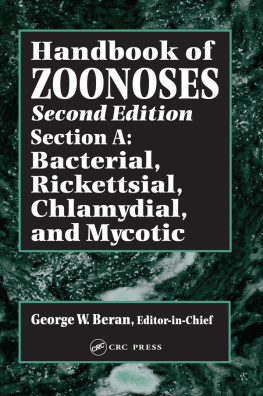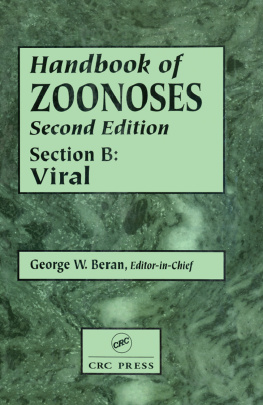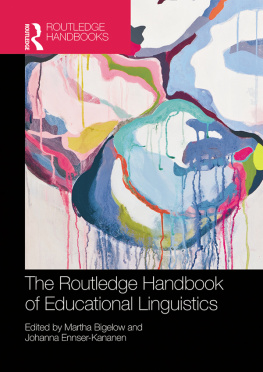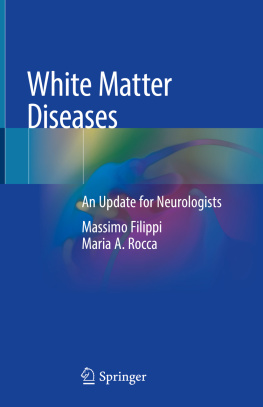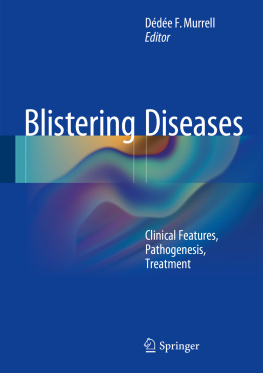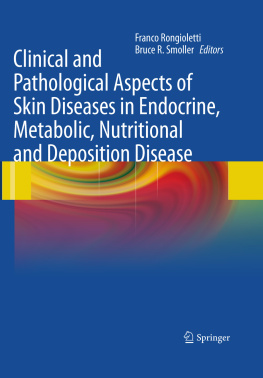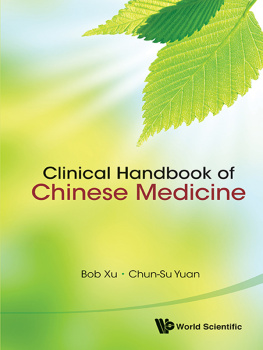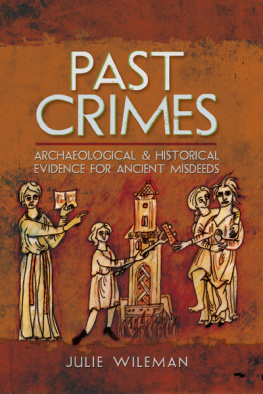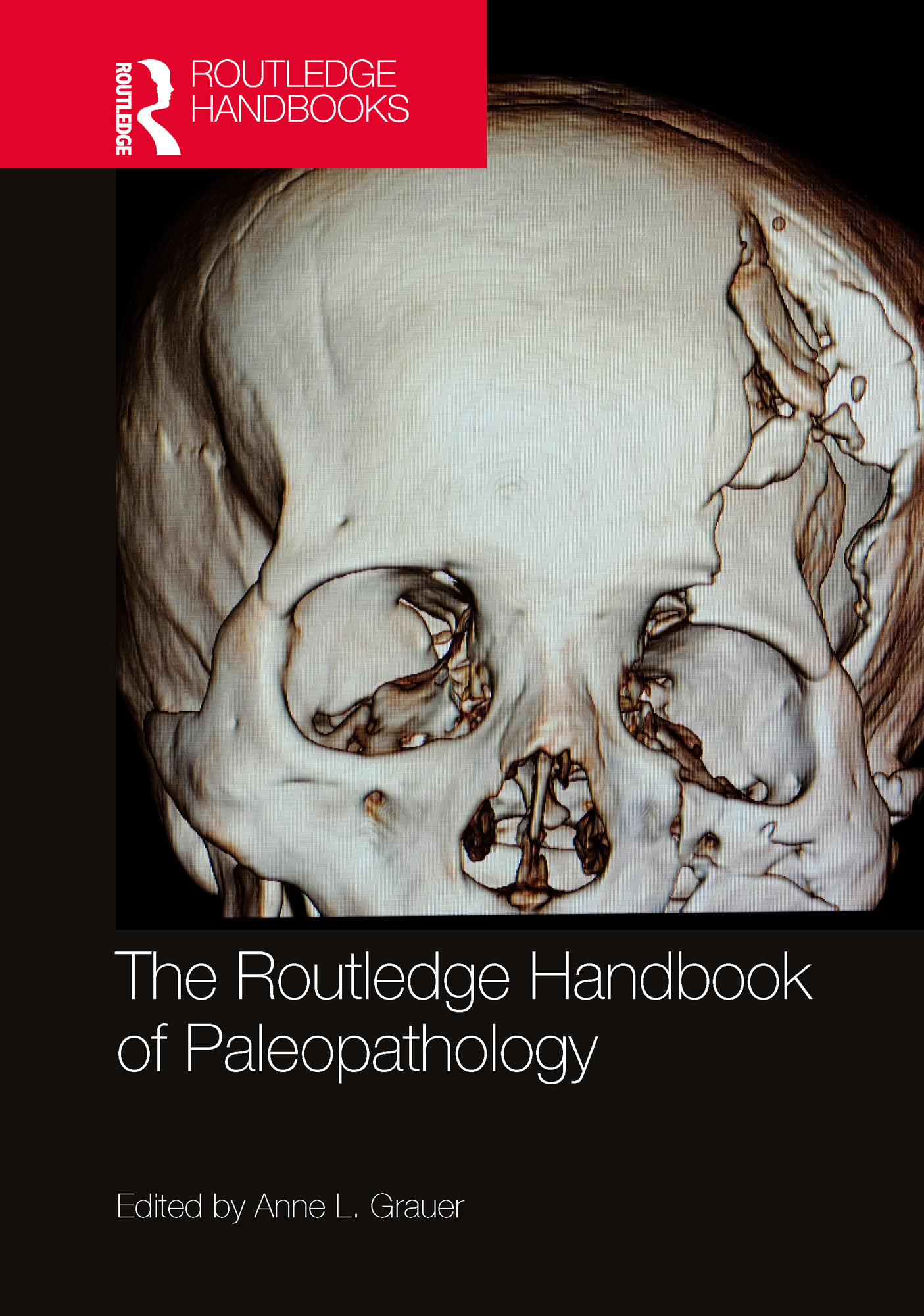
The Routledge Handbook of Paleopathology
The Routledge Handbook of Paleopathology provides readers with an overview of the study of ancient disease.
The volume begins by exploring current methods and techniques employed by paleopathologists as means to highlight the range of data that can be generated, the types of questions that can be methodologically addressed, our current limitations, and goals for the future. Building on these foundations, the volume introduces a range of diseases and conditions that have been noted in the fossil, archaeological, and historical record, offering readers a foundational understanding of pathological conditions, along with their potential etiologies. Importantly, an evolutionary and highly contextualized assessment of diseases and conditions will be presented in order to demonstrate the need for adopting anthropological, biological, and clinical approaches when exploring the past and interpreting the modern world. The volume concludes with the contextualization of paleopathological research. Chapters highlight ways in which analyses of health and disease in skeletal and mummified remains reflect political and social constructs of the past and present. Health and disease are tackled within evolutionary perspectives across deep time and generationally, and the nuanced interplay between disease and behavior is explored.
The volume will be indispensable for archaeologists, bioarchaeologists, and historians, and those in medical fields, as it reflects current scholarship within paleopathology and the fields impact on our understanding of health and disease in the past, the present, and implications for our future.
Anne L. Grauer, PhD, is a Professor in the Department of Anthropology at Loyola University Chicago, USA.
cover image: Getty Images
First published 2023
by Routledge
4 Park Square, Milton Park, Abingdon, Oxon OX14 4RN
and by Routledge
605 Third Avenue, New York, NY 10158
Routledge is an imprint of the Taylor & Francis Group, an informa business
2023 selection and editorial matter, Anne L. Grauer; individual chapters, the contributors
The right of Anne L. Grauer to be identified as the author of the editorial material, and of the authors for their individual chapters, has been asserted in accordance with sections 77 and 78 of the Copyright, Designs and Patents Act 1988.
All rights reserved. No part of this book may be reprinted or reproduced or utilised in any form or by any electronic, mechanical, or other means, now known or hereafter invented, including photocopying and recording, or in any information storage or retrieval system, without permission in writing from the publishers.
Trademark notice: Product or corporate names may be trademarks or registered trademarks, and are used only for identification and explanation without intent to infringe.
British Library Cataloguing-in-Publication Data
A catalogue record for this book is available from the British Library
ISBN: 978-0-367-64067-5 (hbk)
ISBN: 978-0-367-67358-1 (pbk)
ISBN: 978-1-003-13099-4 (ebk)
DOI: 10.4324/9781003130994
Typeset in Bembo
by codeMantra
To my family for their love, support, and good humor.
And to all the makers of gin.
FIGURES
BOXES AND TABLES
Boxes
Tables
Contributors
Jo Appleby, PhD, is currently an Associate Professor in the School of Archaeology and Ancient History at the University of Leicester, UK. Her research interests include human ageing, the archaeology and anthropology of cremation, the association between mortuary practices and taphonomy, and the British and European Bronze Age.
Patrick Asbach, MD, is currently a Professor of Radiology at the Charit Universittsmedizin Berlin, Germany. His medical clinical area of expertise is musculoskeletal and abdominal magnetic resonance imaging. His research interests include paleopathology with focus on disease of the spine. His clinical research emphasis is imaging of the extracellular matrix in liver diseases. He serves as Editor of the European Journal of Radiology. His publications include books on urogenital and rectal cancer imaging and numerous journal articles and book chapters.
Sandra Assis, PhD, is a Researcher at the CRIA Centre for Research in Anthropology (FCSH, NOVA University, Lisbon), Portugal. She holds a Masters degree in Human Evolution and a PhD in Biological Anthropology from the University of Coimbra, Portugal. Her research interests include the study and diagnosis of infectious diseases and trauma, with particular emphasis on the application of histological methods. She is the author of numerous research papers on the field of paleopathology. Key publications include articles in the Journal of Anatomy, the American Journal of Physical Anthropology, Microscopy and Microanalysis, Pathobiology, and the International Journal of Paleopathology.
Brenda J. Baker, PhD, is an Associate Professor of Anthropology and Curator of Nubian Collections in the Center for Bioarchaeological Research, School of Human Evolution and Social Change, at Arizona State University. She is also the Director of the ASU Bioarchaeology of Nubia Expedition (BONE). Her research integrates archaeology and biological anthropology to investigate the lifeways of past people, particularly in Cyprus, the Nile Valley, and the USA. Her interest in paleopathology and fascination with treponemal disease began as an undergraduate. She is founding co-editor-in-chief of Bioarchaeology International and has served as an Associate Editor for International Journal of Paleopathology and currently for the Journal of Human Evolution. Her publications include The Osteology of Infants and Children (Texas A&M University Press) and two edited volume, Migration and Disruptions: Toward a Unifying Theory of Ancient and Contemporary Migrations and Bioarchaeology of Native American Adaptation in the Spanish Borderlands (both from University Press of Florida), as well as numerous journal articles and book chapters.
Aida R. Barbera is a PhD student at the CELAT research center and the Biomolecular Laboratory at Universit Laval in Qubec, Canada. Her research focuses on the relationship between foodways, sanitation, and parasitic infectious diseases in historic urban centers in Northeast North America using archaeoparasitological approaches. She is also interested in using bioarchaeology, as well as botanical and palynological techniques, to gain a better understanding of cultural changes, health, and human adaptations. She received her MSc in Osteoarchaeology at The University of Edinburgh, Scotland. Her publications include Attempting to simplify methods in parasitology of archaeological sediments: An examination of taphonomic aspects in the Journal of Archaeological Sciences: Reports (2020).
Lszl Bartosiewicz, PhD, serves as a Professor Emeritus of the Osteoarchaeological Research Laboratory at Stockholm University, Sweden. His research has focused on animal-human relationships throughout human history, based on the study of animal remains from archaeological sites of various periods in Europe, Southwest Asia, and South America. He was elected president of the International Council for Archaeozoology between 20062010 and 20102014. In addition to numerous journal articles, he is author of the books Animals in the Urban Landscape in the Wake of the Middle Ages (Tempus Reparatum), and Shuffling Nags, Lame Ducks: The Archaeology of Animal Disease
Next page

